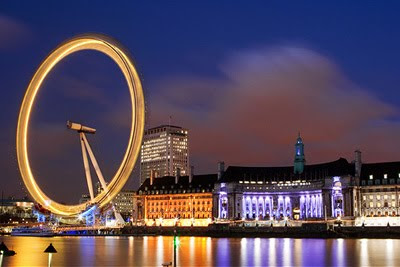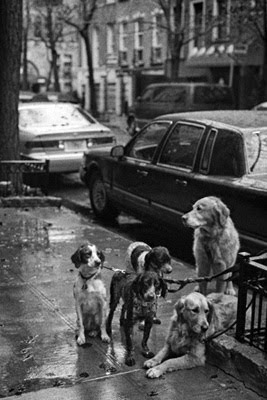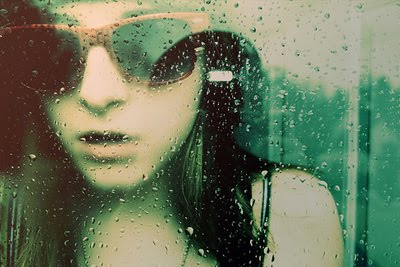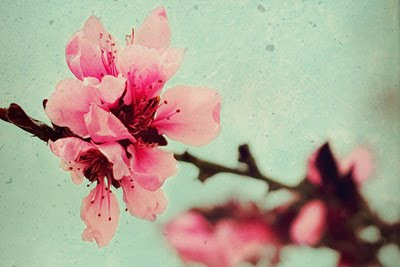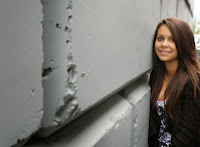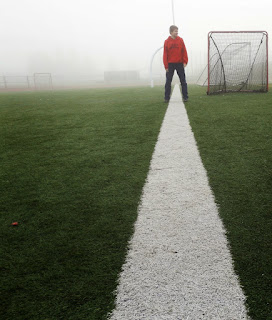HW (In class, if you have submitted 'Leading Lines'):
1. Turn on the 'Show Grid' function in your camera.
2. Make EIGHT+ photographs using the rule of thirds composition method.
-A person or pet should be the subject matter for half of the images.
-EIGHT photos are due for credit for the assignment.
-Each photo is worth ONE point (8 points total)
-Each photo that also includes a leading line to your subject matter will earn 100% extra credit (Example: if you include a leading line in each photo, your project will earn 16/8 points)
******************************************
In visual art, Fibonacci numbers are sometimes used to determine the length or size of content or formal elements.
LINKS
A site that contains an explanation of the Golden Mean and its relationship to the rule of thirds HERE
Another site HERE
An explanation of the Fibonacci sequence HERE.
An animation of the Fibonacci sequence HERE.
Another explanation of the Fibonacci sequence HERE.
A site outlining the mystery of the Fibonacci sequence HERE (Really good!)
NOW, RULE OF THIRDS.
The RULE OF THIRDS is a compositional rule which is recommended for two-dimensional image making. An image could be divided equally by two vertical and two horizontal lines. In general, the four intersections of these lines will be the most interesting places for the main subject(s).
The Rule Of Thirds is a method of arranging subject matter within a two-dimensional frame to maximize a harmonious relationship between all planes of subject matter (foreground, middle ground, background). It is used by photographers, painters, film makers, television shows, etc. As one looks through the viewfinder, compositional lines are drawn (mentally) across the picture frame to divide the image into thirds both horizontally and vertically. The photographer places important elements of the composition where these lines intersect.
By placing your subject in one of the intersections, one creates a dynamic composition that allows the viewers eye to be drawn to different parts of the compostion in an ordered manner. The viewer is allowed to determine the relationship between 'close-up' subject matter and its relationship to the middle distance and background subject matters.
Click on the following titles to be taken to websites about the Rule Of Thirds:
Rule Of Thirds
The following addresses explain the Rule Of Thirds further:
Rule Of Thirds by Kodak
Rule Of Thirds by Silverlight.co.uk
A Beginner's Guide To Rule Of Thirds
Most people will put the seagull right in the middle which is the “dead center”.
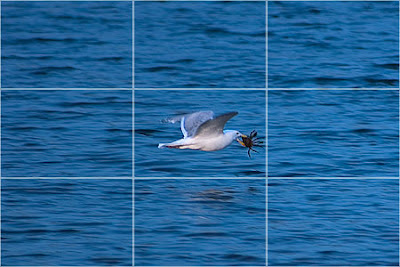
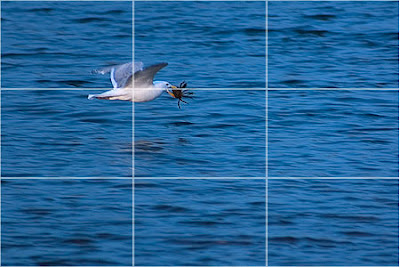
The artist places important elements of the composition where these lines intersect. By placing the subject in one of the intersections, one creates a dynamic composition that allows the viewers eye to be drawn to different parts of the compostion in an ordered manner. The viewer is allowed to determine the relationship between 'close-up' subject matter and its relationship to the middle distance and background subject matter.
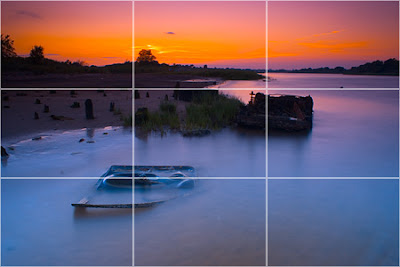
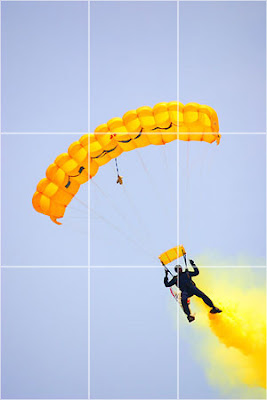
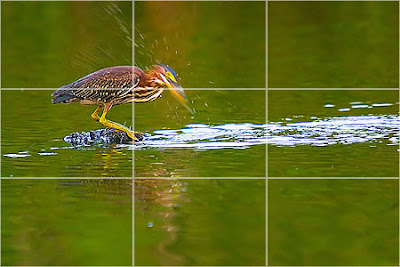
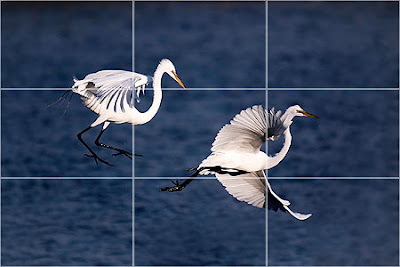
RULE OF THIRDS
...and some more examples.
